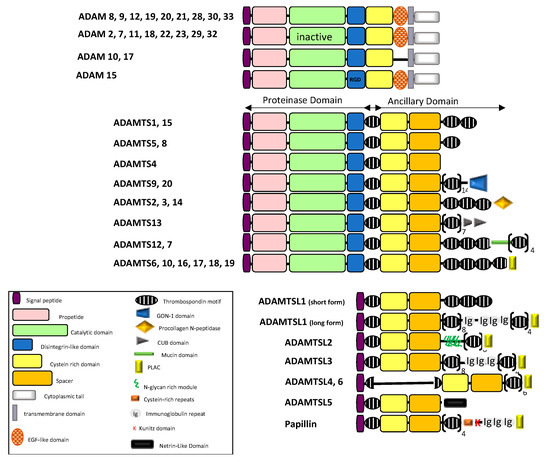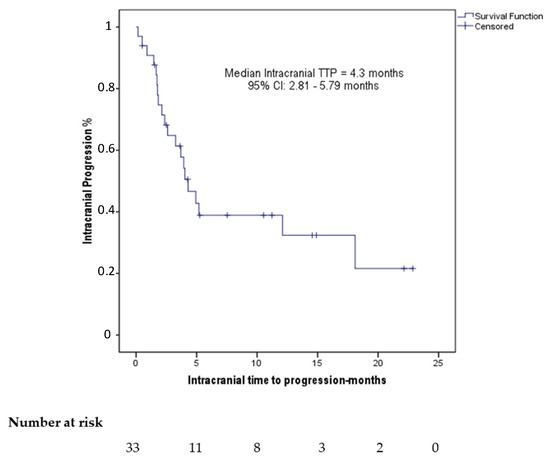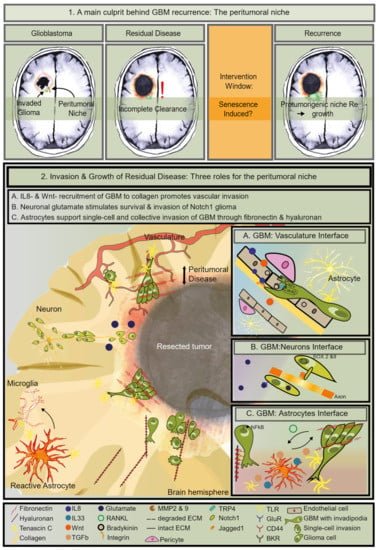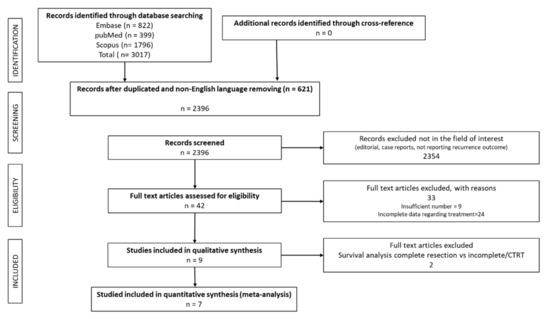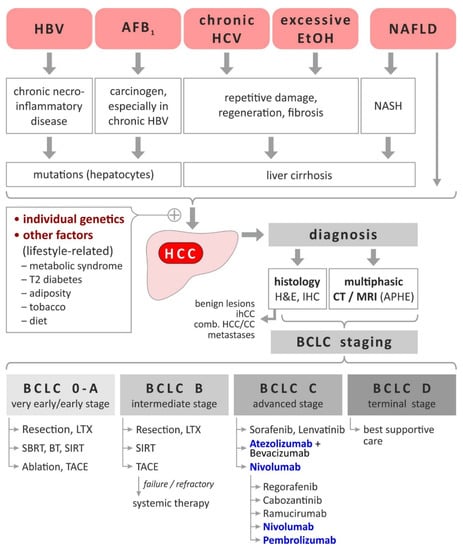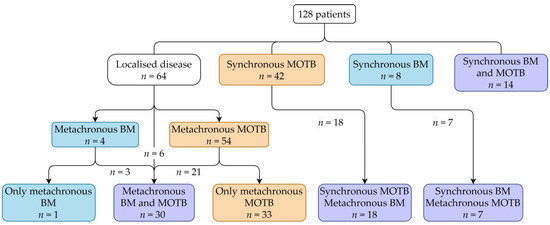Cancers 2021, 13(7), 1567; https://doi.org/10.3390/cancers13071567 - 29 Mar 2021
Cited by 6 | Viewed by 3256
Abstract
Prognostic models for breast cancer developed from Western countries performed less accurately in the Asian population. We aimed to develop a survival prediction model for overall survival (OS) and disease-free survival (DFS) for Thai patients with breast cancer. We conducted a prognostic model
[...] Read more.
Prognostic models for breast cancer developed from Western countries performed less accurately in the Asian population. We aimed to develop a survival prediction model for overall survival (OS) and disease-free survival (DFS) for Thai patients with breast cancer. We conducted a prognostic model research using a multicenter hospital-based cancer clinical registry from the Network of National Cancer Institutes of Thailand. All women diagnosed with breast cancer who underwent surgery between 1 January 2010 and 31 December 2011 were included in the analysis. A flexible parametric survival model was used for developing the prognostic model for OS and DFS prediction. During the study period, 2021 patients were included. Of these, 1386 patients with 590 events were available for a complete-case analysis. The newly derived individualized prediction of breast cancer survival or the IPBS model consists of twelve routinely available predictors. The C-statistics from the OS and the DFS model were 0.72 and 0.70, respectively. The model showed good calibration for the prediction of five-year OS and DFS. The IPBS model provides good performance for the prediction of OS and PFS for breast cancer patients. A further external validation study is required before clinical implementation.
Full article
(This article belongs to the Special Issue Prognostic Factors Research in Breast Cancer Patients)
►
Show Figures



